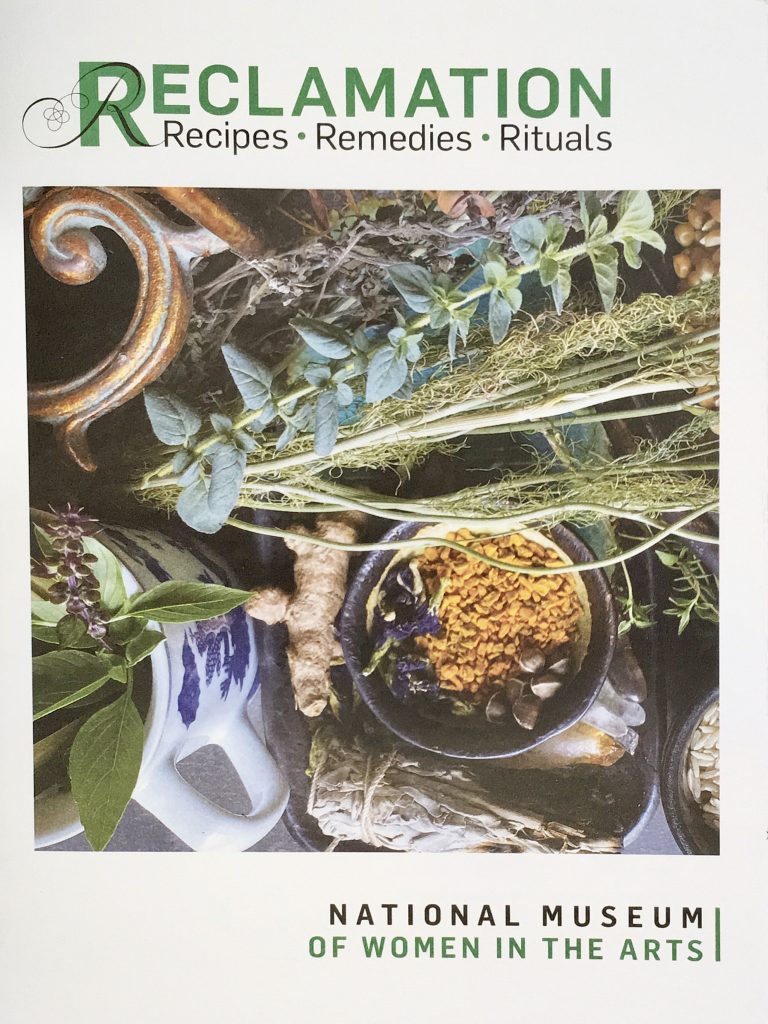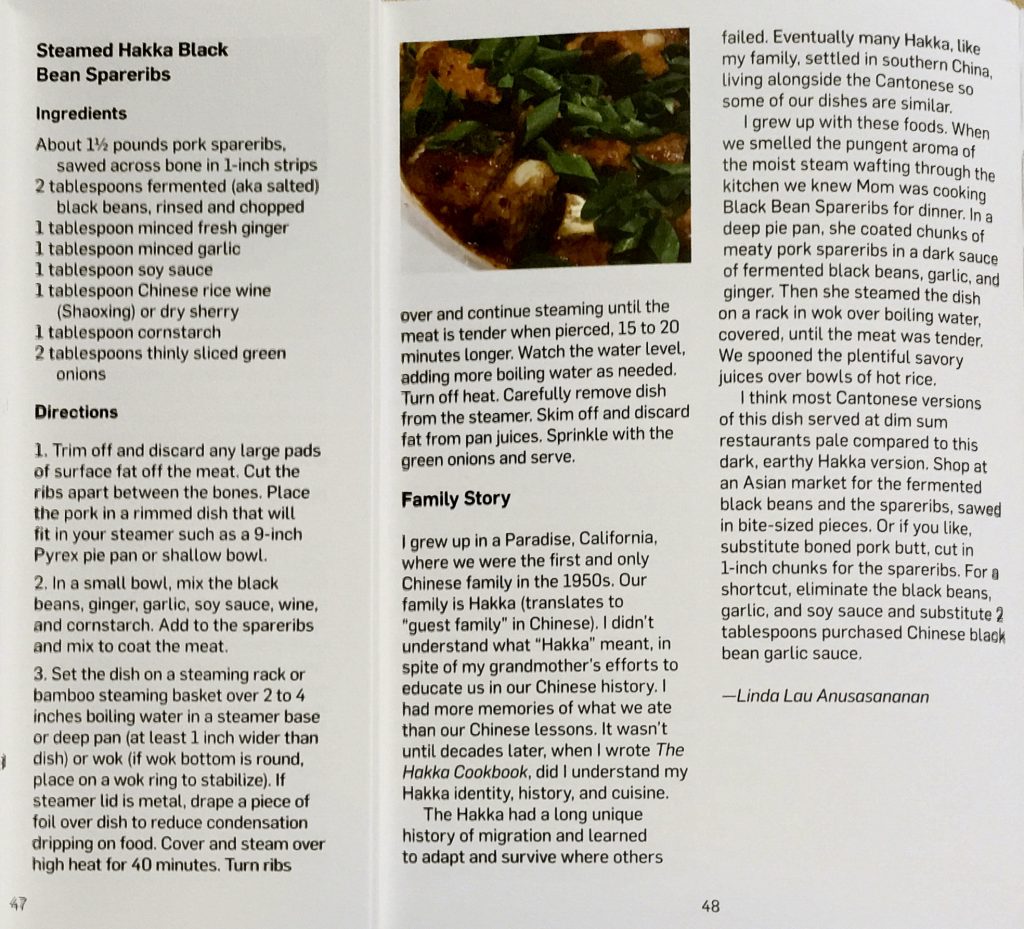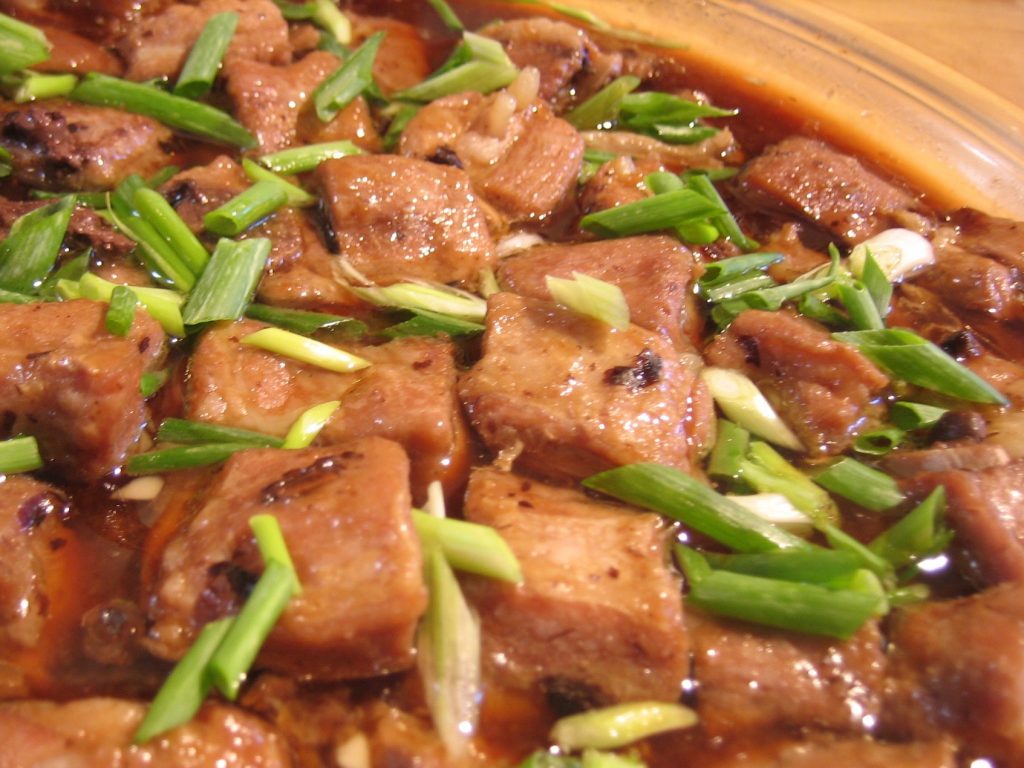
A surprise awaited me in my pile of mail after a long trip. I opened the package to find five copies of the National Museum of Women in Arts (NMWA) catalogue, Reclamation, Recipes, Remedies, and Rituals. The exhibit showed the power of food bringing people together. I was so happy to receive a printed copy of the exhibit, now archived.
About two years ago I contributed a recipe and story to this project that focused on the cultural table. I shared my mom’s recipe for Steamed Black Bean Spareribs. I sent it with my story of growing up as the first Hakka Chinese family in Paradise, a small all-white town in Northern California.

With the museum closed due to covid and renovation, the exhibit transformed into an innovative online exhibit. It featured images and videos of women artists in their own kitchens. Paired with recipes and stories from the public, the exhibit brought different cultures and generations together. You feel the power of food connecting us through this exhibit.

